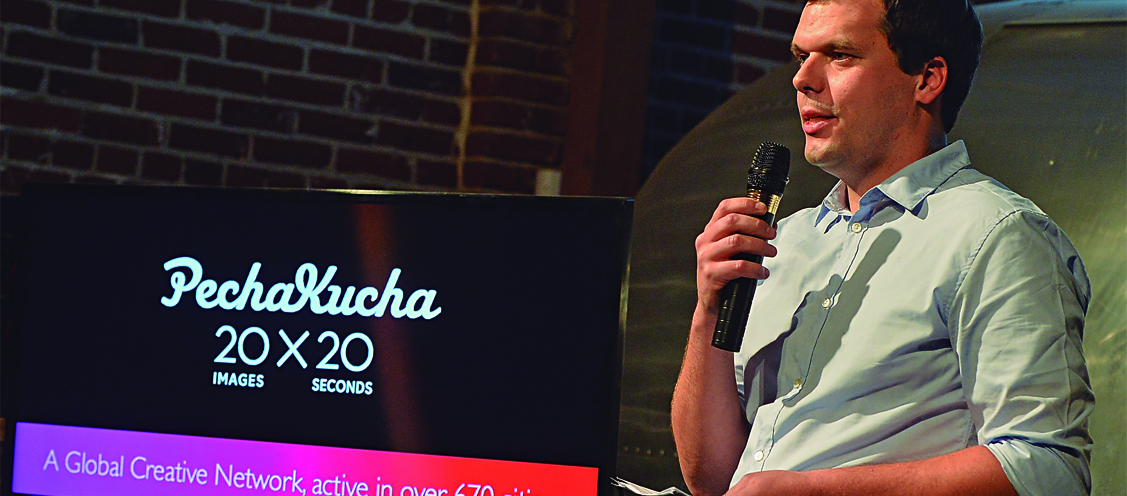Each major milestone in the language-learning process should be acknowledged and celebrated. For some people such milestones are exams, and they are a perfectly valid measure of one’s steps to success. However, there are other ways to quantify progress, such as watching your first movie in English, reading your first novel in English or your first job interview in your foreign language of choice.
The Common European Framework of Reference for language learning (CEFR) divides language learning into six key competences: reading, writing, listening, presenting, oral interaction and mediation. I want to encourage you to set your students the milestone of their first presentation in English.
The idea of giving a presentation in a foreign language sounds like a big ask. However, with appropriate modelling it is something that A2/pre-intermediate students can easily do. Take the following model:
Tigers come from India. They are black and yellow. They can jump and swim but they cannot fly. Tigers live in jungles and eat other animals, such as deer and antelopes. Adult tigers are bigger than lions but smaller than elephants. There are fewer and fewer tigers in the world because of the destruction of their habitat.
That simple presentation should take about 20 seconds to say. It is a collection of sentence frames which can be used to describe almost any wild animal by replacing the words in red. We could visualise it as:
Even very low-level students should be able to fill in such a frame for a different species using the Wikipedia page (with the language option set to “simple English”). These students can then practise presenting the information until they can do so competently. A simple, non-traumatic process like that can represent the achievement of a milestone: the student’s first presentation in English.
Of course, as the students become more confident and their levels improve, they will have less and less need for a frame and should be able to prepare more sophisticated presentations. As the students’ confidence increases, they should be encouraged to speak from notes rather than just reading a script. The stress of such performances can be reduced by getting students to practise in pairs and then in small groups before presenting before the whole class. Students should be able to give constructive feedback at each stage of the process; student feedback means that those who are not speaking have to listen actively. For short presentations, each presenter should have the opportunity to repeat his or her presentation taking the feedback into account.
Regular practice means that the students acquire the CEFR skill of presenting in English and the important life skill of public speaking.
Jazzing Things Up
Students can make much more interesting presentations if they work together by breaking a complex topic into simpler component parts, each of which is presented by one student. The process can be further enhanced by turning it into a pecha kucha (also written ‘PechaKucha’). This is a talk in which slides appear on screen and automatically change after 20 seconds. A full pecha kucha involves 20 slides and lasts six minutes 40 seconds. In class a full pecha kucha could be presented by a group of 10 students presenting two slides each or a group of five students presenting four slides each. The trick is to have each mini-presentation timed to last exactly 20 seconds. That is not a lot of time or information – remember, it’s the time it takes to read out the tiger presentation above.
The slides can be set up with their 20-second intervals on PowerPoint and the students should be entirely focused on what they are saying, not what’s on the screen. Of course, the ultimate milestone for students might be to present a pecha kucha in English in front of strangers at a public event; now that would send a clear statement about your abilities in English (and would be something you could even put on your CV). However, it’s a question of baby steps, so first think of an animal and fill in the frame!









